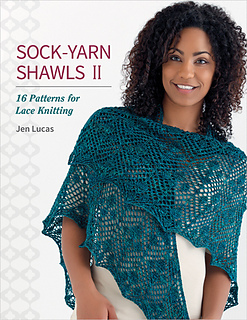 Jen Lucas is a designer I’ve been aware of for a while. How could I not know about her stunning shawl patterns? We also, if you haven’t noticed, had the same name, and I generally keep an eye on the other designer’s with the name of Jennifer – call it a sense of kindred names.
Jen Lucas is a designer I’ve been aware of for a while. How could I not know about her stunning shawl patterns? We also, if you haven’t noticed, had the same name, and I generally keep an eye on the other designer’s with the name of Jennifer – call it a sense of kindred names.
Recently I got my hands on Jen Lucas’ newest book: Sock-Yarn Shawls II: 16 Patterns for Lace Knitting. I’ve spent the last two weeks with the book, reviewing patterns and sinking my teeth into the book, and I wanted to share my thoughts here.
First off, the book is gorgeous. The clean and simple lines mean the focus is really on the patterns. The book’s model is also a POC, which is wonderful: all too often in the knitting world the models are of western descent.
The book is divided into three sections: Small Shawls (featuring 6 designs), Midsize Shawls (featuring 7 designs), and Large Shawls (featuring 3 designs). While I would have liked one more larger shawl, I also have to admit that the larger shawls feature a LOT of knitting. And several of the Midsize Shawls could have extra repeats to make them bigger. Overall, I think the spread and sample size is fairly balanced.
 |
| Sunburst |
It is now time to declare my bias: I tend to prefer shawls that are solid most of the way through, with a lace edging. Allover lace patterns, while lovely, aren’t generally my cup ‘o tea, but I understand some people love them. My favorite patterns ended up being Sunburst, Earth and Sky, and Floe. Still, the Lycopod, which is the pattern on the cover, is also gorgeous, and I’d think about modifying the shawl to suit my tastes.
I love the amount of variability in shape and construction the shawls have. I also love how closely Jen’s color taste aligns with my own. I also love how each pattern has some good close-up shots of the lace, to give you a really good sense of how the lace flows and looks.
On a last note, how approachable is this book to someone who has never done a lace shawl before?
The book has a lovely introduction on managing stitch markers (a must for lace knitting!). I do wish there’d been a mention of lifelines, considering there’s a few different shawls I’d be tempted to use them on. However, lifelines are sometimes hard to explain concisely in pictures, so I could see how there might have been a page limit. There’s also an excellent pictorial reference section, with good pictures on knitting a garter lace tab, and a few other helpful tutorials when working with lace. Some of the smaller shawls would definitely be approachable to beginners, and you could build on that success.
Sock Yarn Shawls II is available for sale on Amazon as both a physical book and an e-book. It is also available as a Ravelry Download. If you love lace, you should pick it up!
And as an extra-special reward, I’m running a contest where one of you will receive a free copy of Jen’s book! Just enter the Rafflecopter widget below!



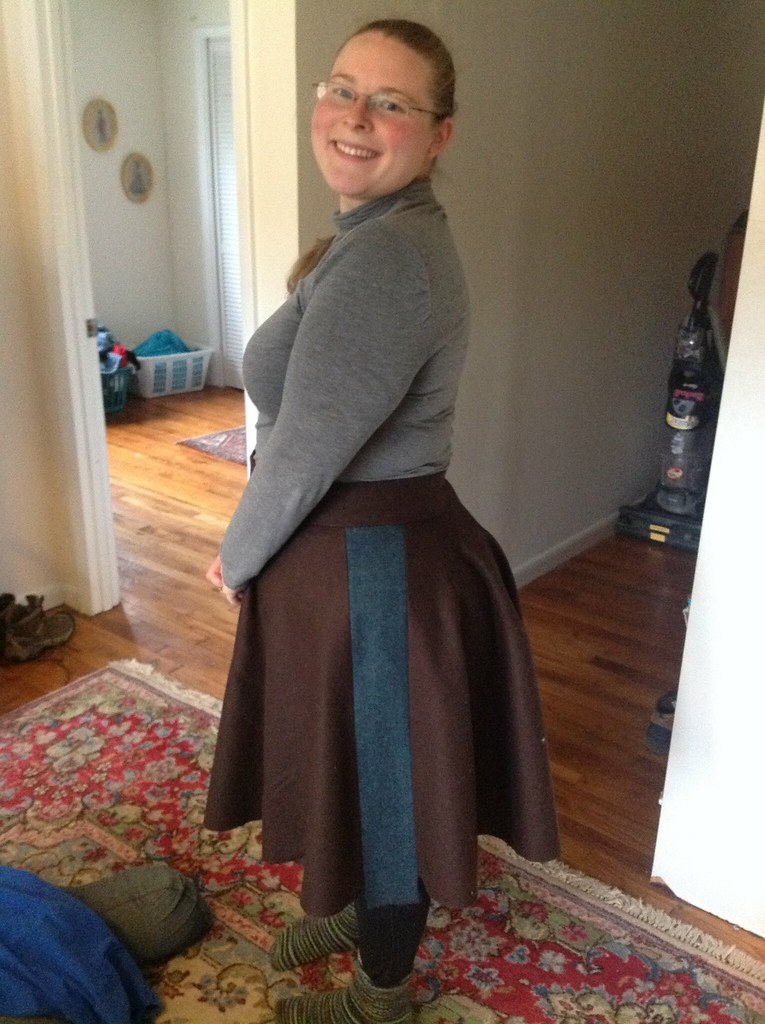


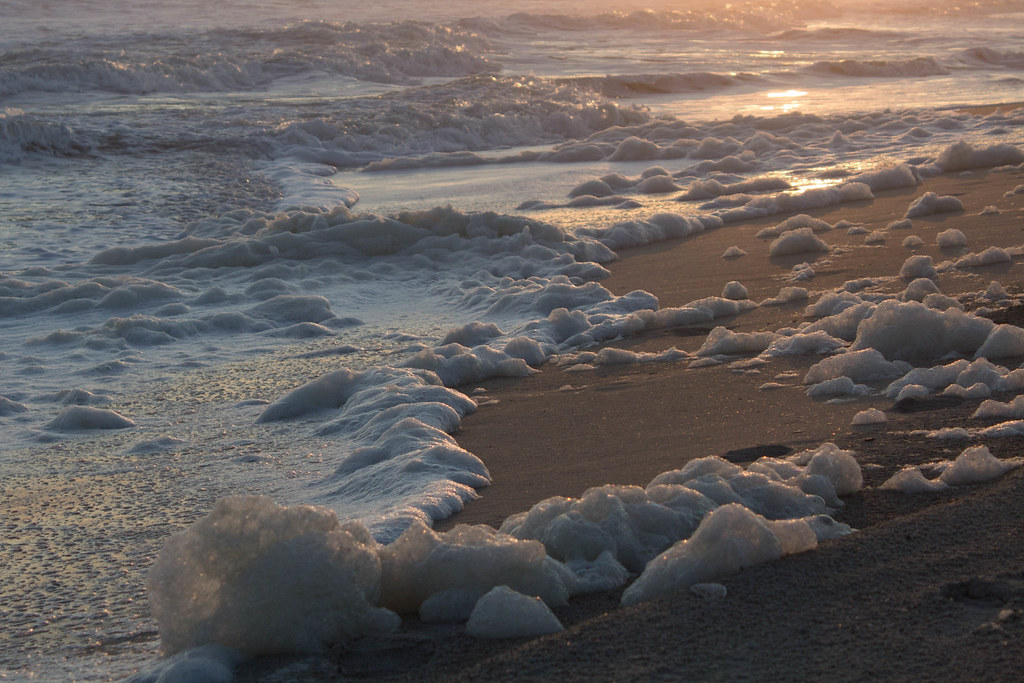
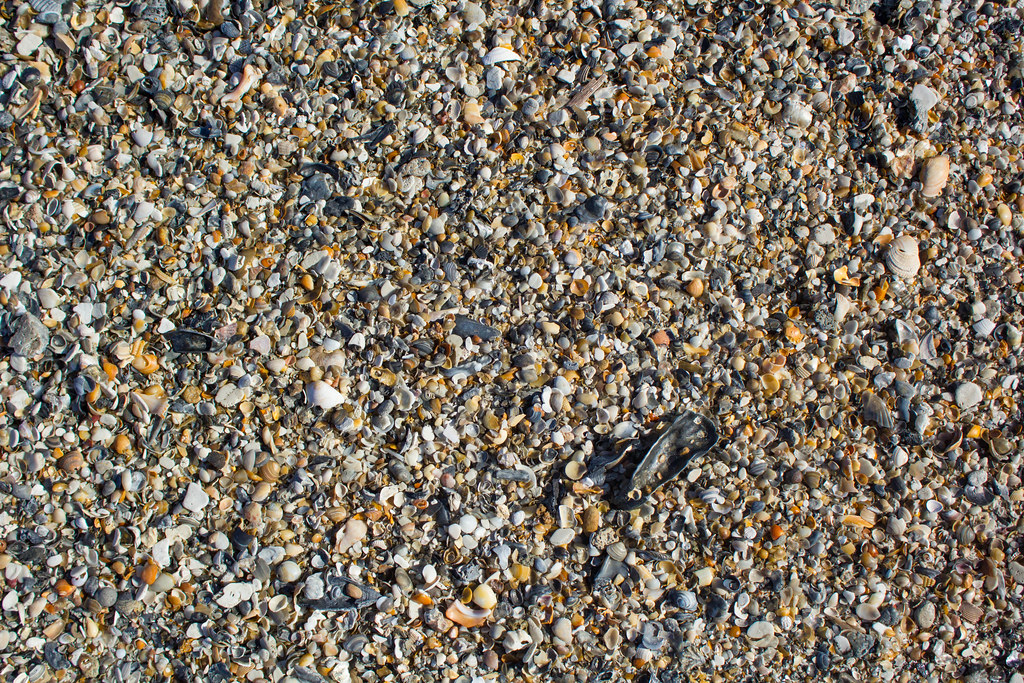
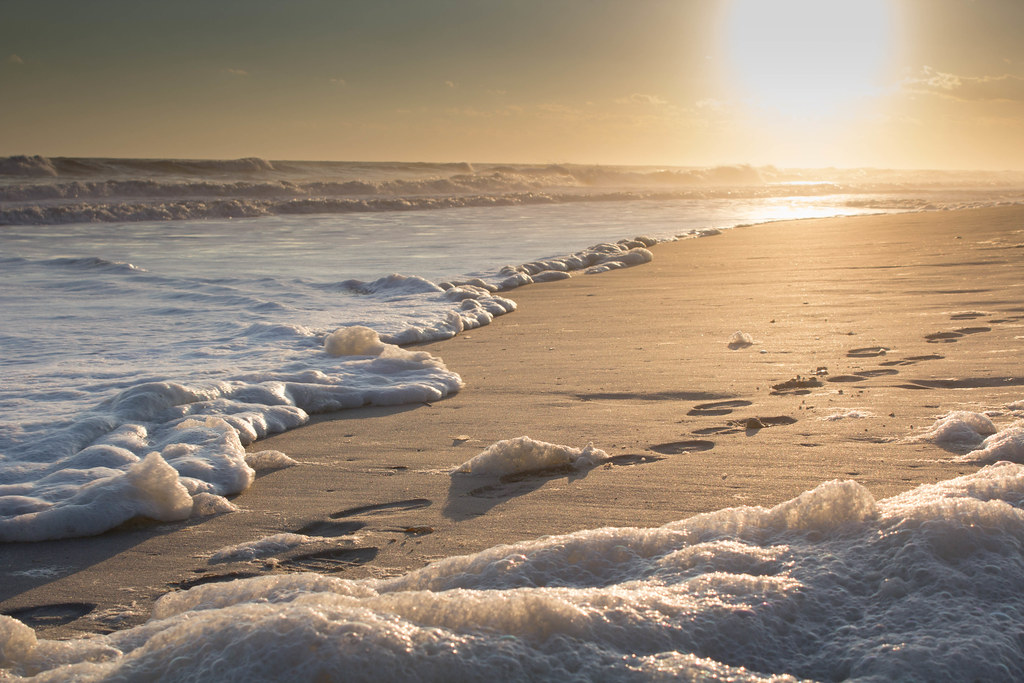
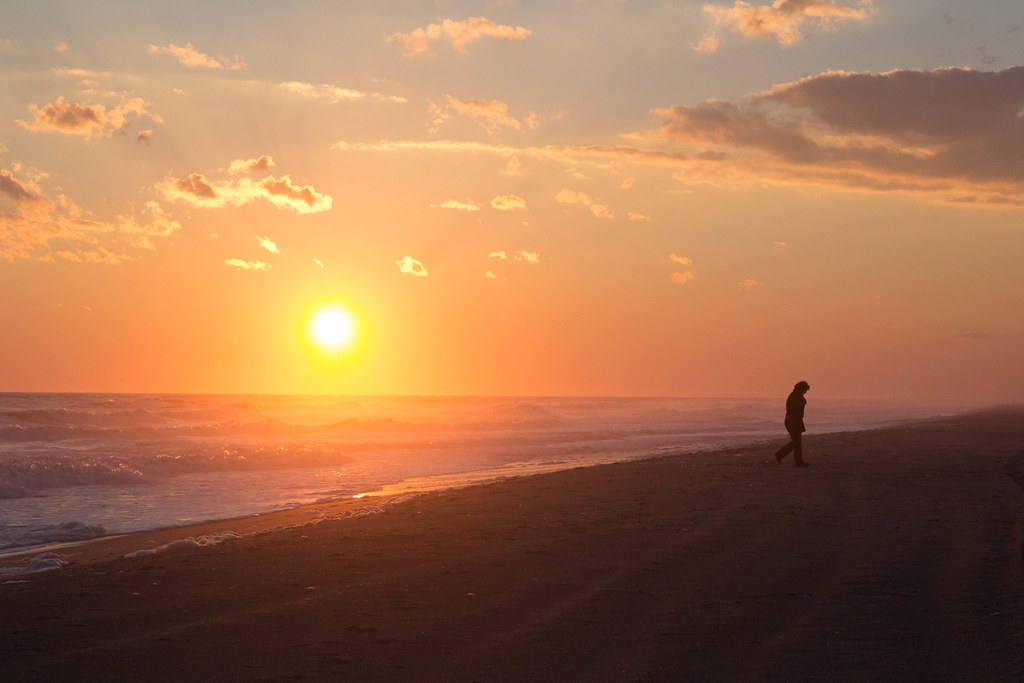
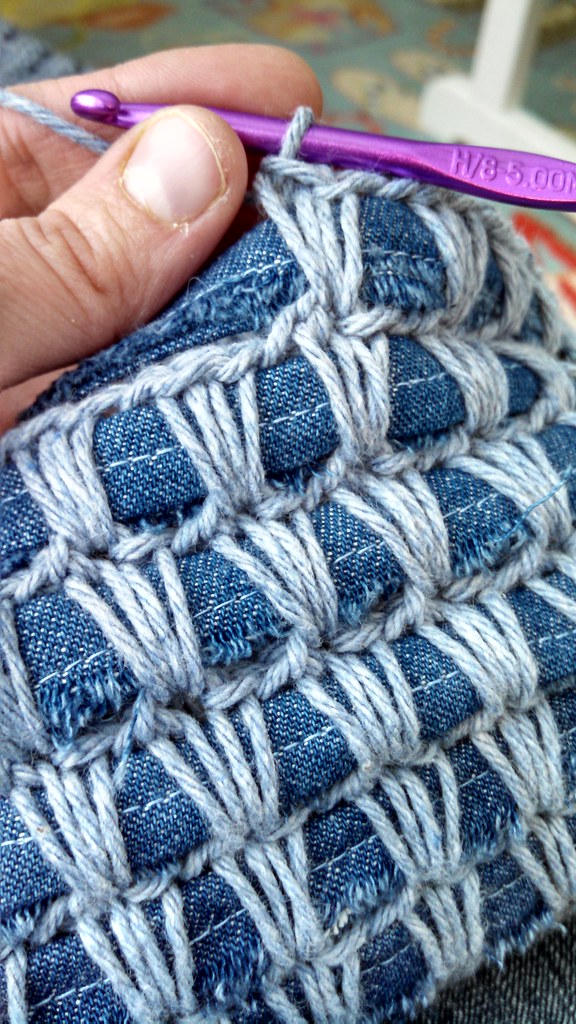
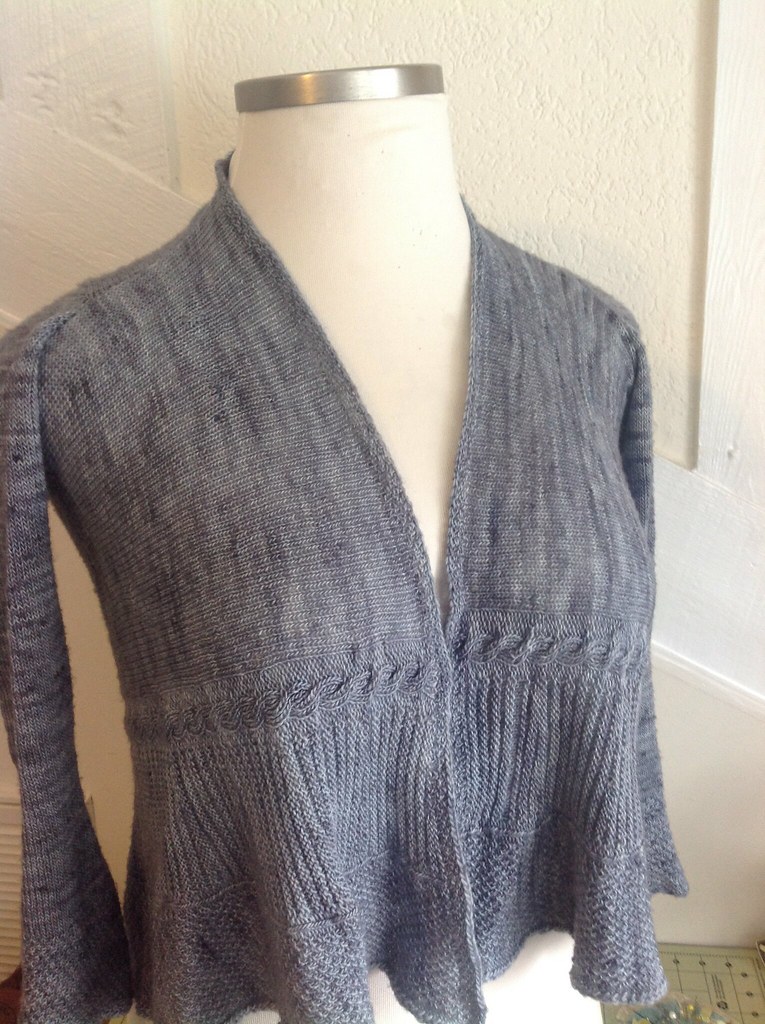
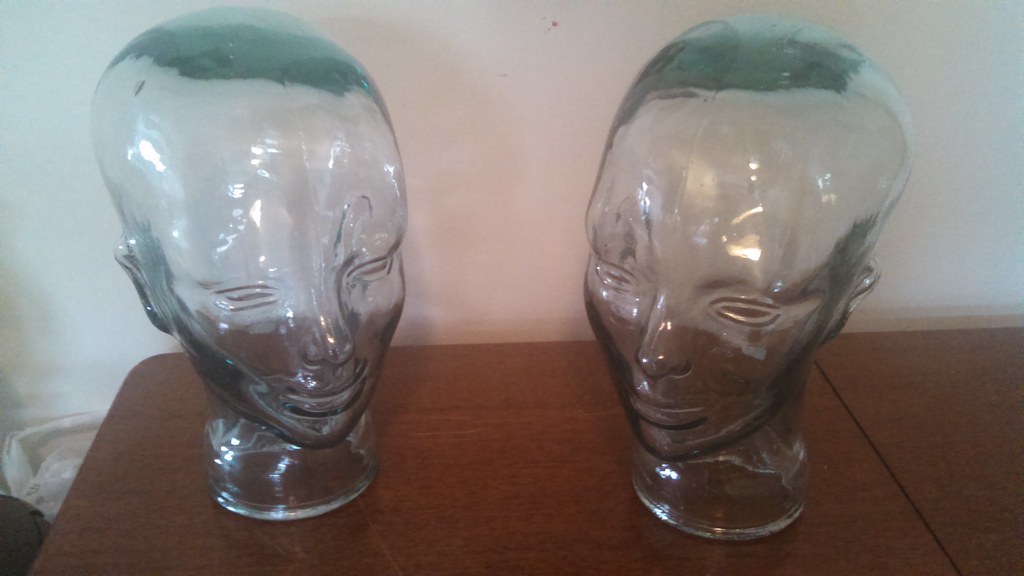

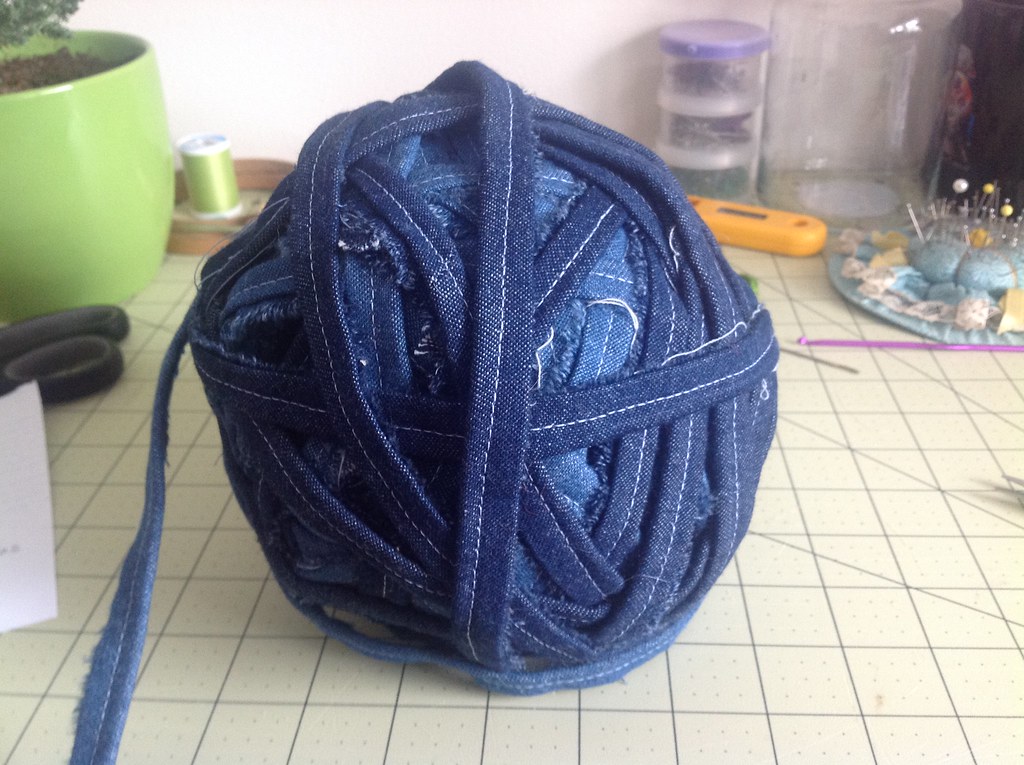
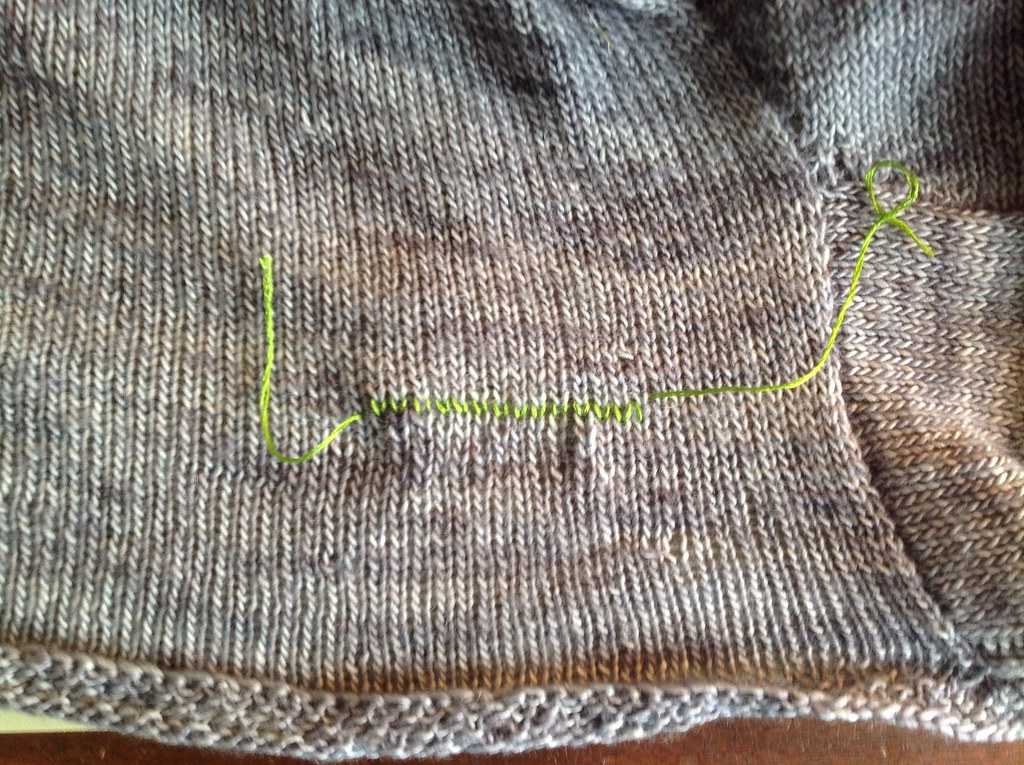
 Somehow it’s become the middle of January, and I’m not quite sure how that happened! It’s cold and rainy out today (as it seems to the the majority of the winter in the South), and it’s got me thinking
Somehow it’s become the middle of January, and I’m not quite sure how that happened! It’s cold and rainy out today (as it seems to the the majority of the winter in the South), and it’s got me thinking 




